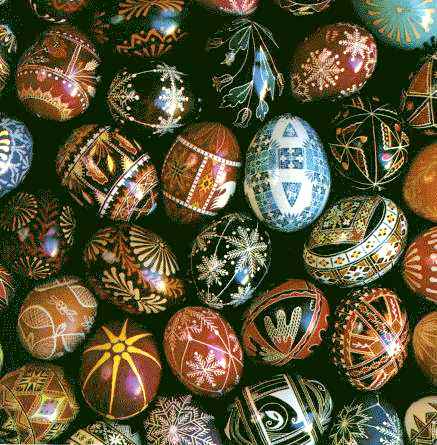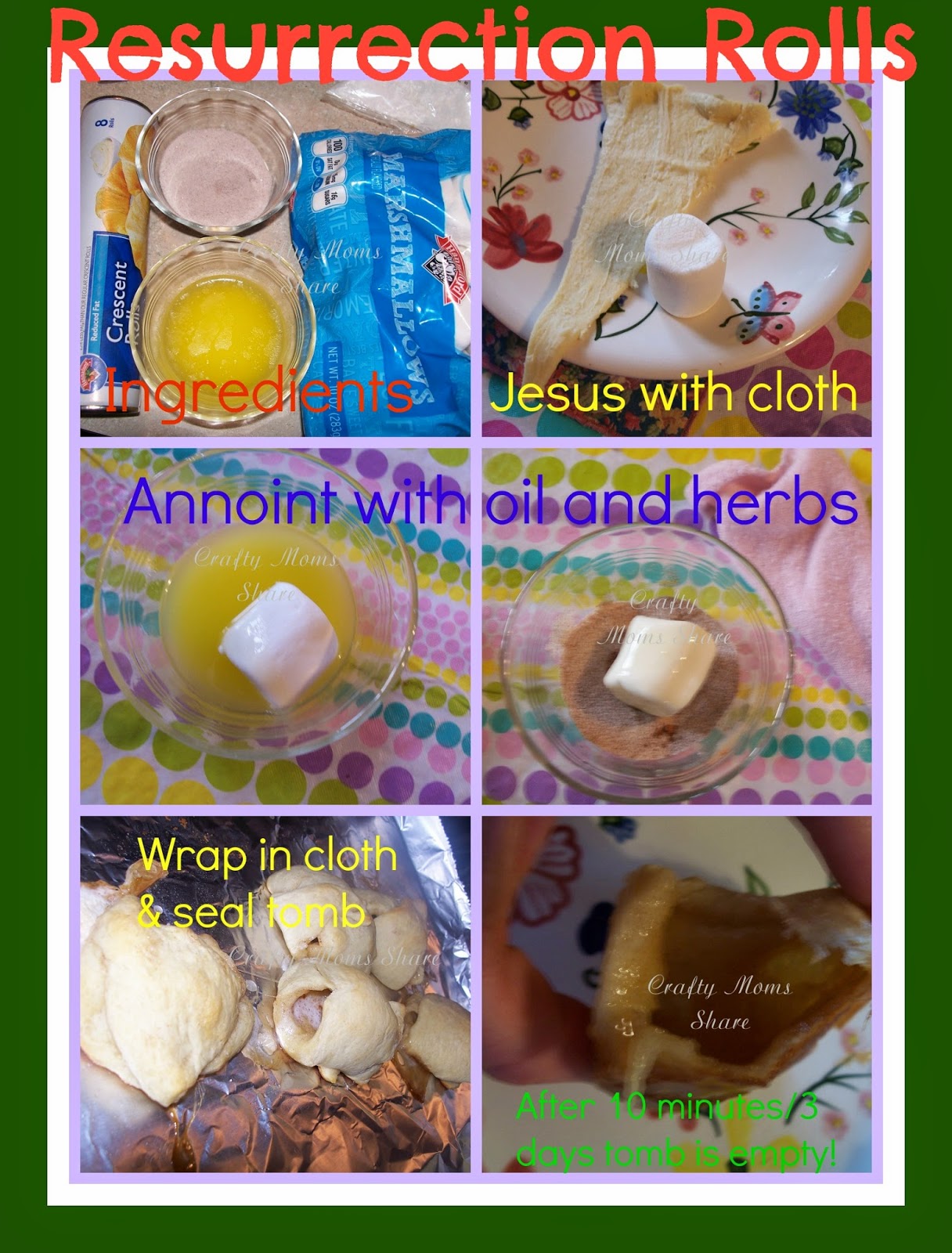Disclosure: Tuttle Publishing gave me a copy of these products free of charge. All opinions in my review are my own and I did not receive any other compensation. As in all my reviews I am providing links for your ease, but receive no compensation.
Today I am going to review for you the wonderful book, All About Japan by Willamarie Moore. I absolutely love this series of books from Tuttle Publishing. They are packed full with so much information and they teach so much about the culture and life in the country. (I reviewed All About Indonesia by Linda Hibbs in July.) This book helps us center our exploration of Japan. It shares traditional stories, holidays, life in the city as well as the country (told by children who live there), recipes, crafts, dance, music, poetry, and so much more.
With any book that has a recipe or craft in it, Hazel wants to try it, so we did. The book has three recipes in it and we tried two. I did not try to make Onigiri since I couldn't find the ingredients and I didn't really think Hazel would like them. We did try Okonomiyaki. It is described like a pancake with fillings but reminded me more of an omelet. I do not think I cut our fillings up enough and they fell apart on us when we flipped and removed them. Steve and I both thought they were all right and Hazel liked to eat the chicken filling instead. The pancake batter had cabbage in it which is why they are green.
 |
| Oknomiyaki |
The other recipe we tried was mochi cakes. We made them the day after we read "The Grateful Statues" in Japanese Children's Favorite Stories by Florence Sakade. The story is about a kind, poor couple. The old man does something kind for some statues and his kindness is rewarded with a large mochi cake. Therefore making mochi cake right afterward was perfect. Now are mochi cakes did not turn out pretty. We should have looked at pictures of them first, but Hazel was having fun making shapes out of them. We also could not find sweet rice flour or mochiko and used regular rice flour. They were not as sweet as they probably should have been. I like them though.
Mochi is often a treat for O-Shogatsu (New Year), so it seems appropriate to also show you our Nenga-jo Greeting card. Since 2015 is the year of the sheep, we used a sheep rubber stamp and Hazel wrote on the numbers. Nenga-jo are usually postcards that are sent the first three days of January.
 |
| Nenga-jo |
And what exploration of Japan would be complete without some origami? The book shares a wonderful song about frogs and gives the instructions to make an origami hopping frog.
Hazel loves making origami and wanted to make lots of frogs. You can find similar frog's instructions here.
She also loved that they could hop.
She made one of every color and then pulled out her zoo mat to put them in water. She then gathered more zoo animals to go with her frogs. I love crafts that lead to her creative play!
All About Japan is the perfect book for anyone who wants to learn more about Japan, its history, culture, etc. There are so many activities throughout it from learning about haikus to writing Kanji. We would have done more of the Kanji if we hadn't had the other books. The other activity we did do was trying the Bon Dance. I however did not get any pictures since I was doing it with Hazel. I am also almost done with a kimono for her doll. She picked a fabric that reminds me of sakura (cherry blossoms), so I'll wait until it is finished and share it with our cherry exploration! Stay tuned!!
For more books and activities to learn about Japan check out:
- Learning Japanese with books and flashcards
- Exploring Japan with books and more
- Sora and the Cloud
- Origami Butterflies
- Asian Kites
- Asian Pacific Island Heritage Month Blog Hop
- Asian-Pacific Island Book Round-Up
- Multicultural Christmas Books
- Play! Book Review
- Happy New Year Around the World
- My Multicultural Pinterest Board
















































